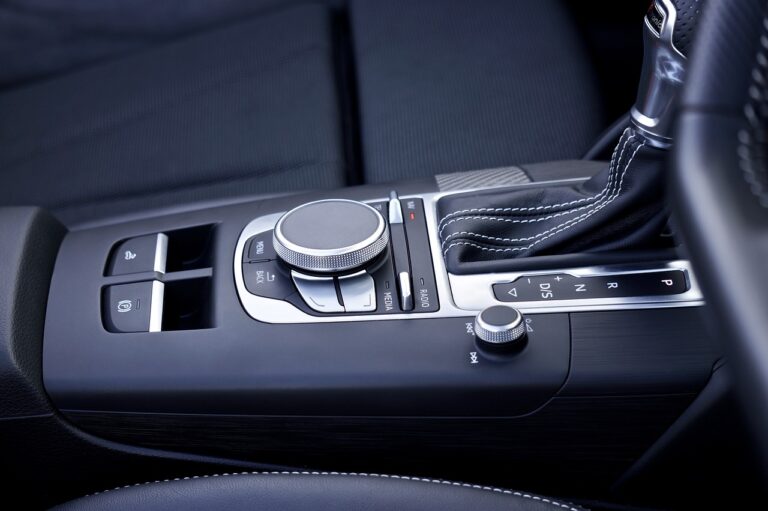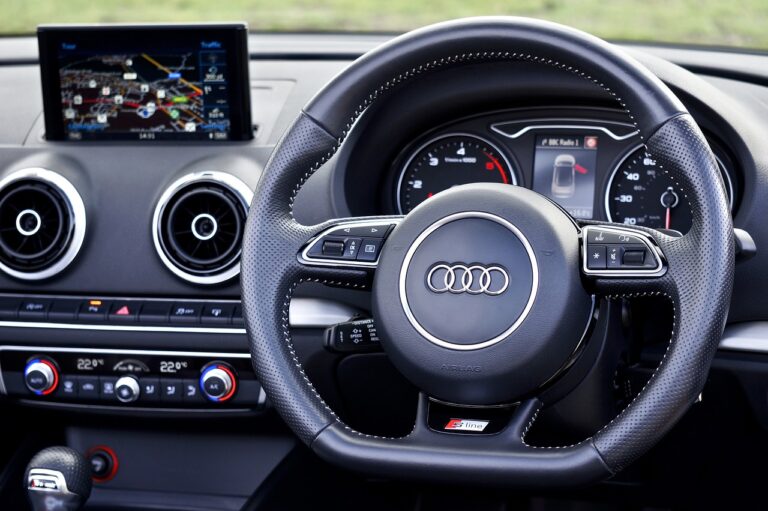Car Maintenance and Repair: DIY Tips for Car Owners
When it comes to the maintenance of your vehicle, checking and topping up fluid levels is a crucial aspect that should not be overlooked. Regularly monitoring and replenishing vital fluids in your car ensures that it operates smoothly and efficiently. Some of the key fluids to keep an eye on include engine oil, transmission fluid, coolant, brake fluid, and power steering fluid.
To check the fluid levels, begin by locating the reservoirs or dipsticks for each type of fluid in your vehicle. Consult your owner’s manual if you are not sure where to find them. Make sure the car is parked on a level surface and the engine is cool before proceeding. Remove the dipstick, wipe it clean with a cloth, reinsert it fully, and then remove it again to check the fluid level. If the fluid is below the recommended level, simply add the appropriate fluid until it reaches the recommended mark. Regularly checking and topping up fluids will help maintain the overall health and performance of your vehicle.
Changing Engine Oil and Oil Filter
When it comes to vehicle maintenance, changing engine oil and oil filter regularly is crucial for keeping your engine running smoothly. Engine oil plays a vital role in lubricating the engine parts and reducing friction, preventing wear and tear. Over time, engine oil breaks down and becomes less effective at protecting the engine, which is why it is essential to change it at regular intervals as recommended by the manufacturer.
Along with changing the engine oil, replacing the oil filter is equally important. The oil filter helps to remove contaminants and debris from the oil, ensuring that only clean oil circulates through the engine. A clogged or dirty oil filter can restrict the flow of oil and lead to poor engine performance. By replacing the oil filter during each oil change, you can ensure optimal engine health and performance.
Inspecting and Replacing Air Filters
When it comes to keeping your vehicle running smoothly, regularly checking and replacing the air filters is an essential task. Air filters play a crucial role in preventing dirt, debris, and other contaminants from entering your engine, which can cause damage over time. By inspecting your air filters routinely, you can ensure that your engine is breathing clean, filtered air and performing at its best.
To begin the inspection process, locate the air filter housing under the hood of your vehicle. Most air filters are easily accessible and can be removed by unlatching the housing and sliding out the old filter. Once you have the filter in hand, examine it closely for any signs of dirt, dust, or debris buildup. If the filter appears dirty or clogged, it’s time to replace it with a new one. Replacing your air filter regularly, according to the manufacturer’s recommendations, will help maintain optimal engine performance and fuel efficiency.





